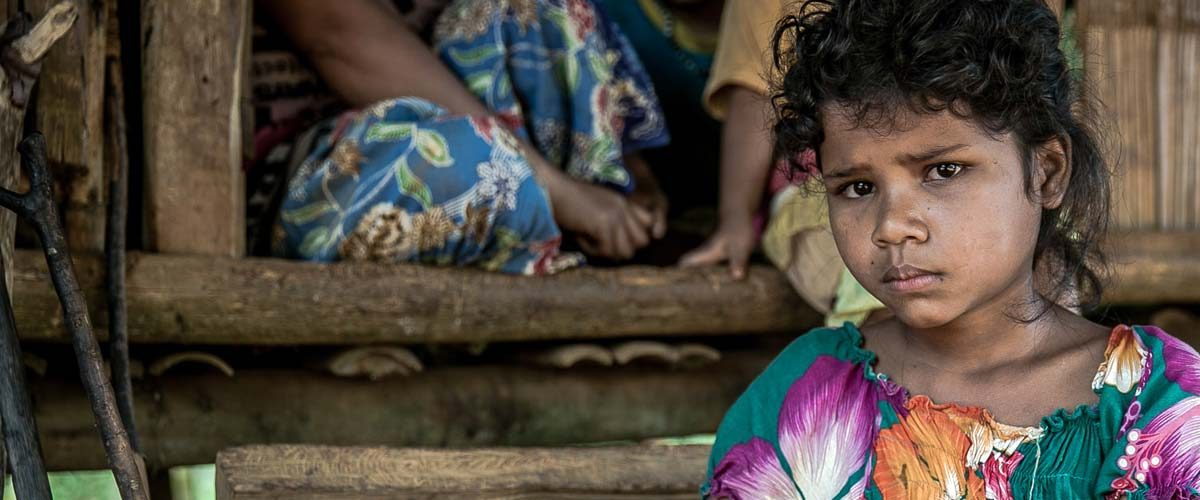Orang Asli have been an indigenous people from Malaysia for about 5000-25,000 years and are currently in the minority. Orang Asli populations include large tribes and smaller sub-tribes, some of which are virtually extinct. They are highly diverse in genetic, socioeconomic and geographical background as the majority still resides in distant, rural areas of Malaysia1.
Over the years, people of Orang Asli have undergone government-sanctioned relocations to more developed and urban areas in the region. They are given proper facilities, homes with basic features, healthcare services and access to various programs to ensure improvement in their quality of life. However, adapting to an urbanized lifestyle often leads to unhealthy dietary habits, resulting in increasing prevalence of chronic diseases, such as hypertension and diabetes2.
Currently, the Temiar are one of the most flexible sub-tribes of Orang Asli, readily adapting to government policies and an urban lifestyle within the villages and cities to which they have been relocated. As a result, this population may have experienced significant nutritional alterations3.
In this context a new study was performed which assessed the nutritional status of the Temiar Orang Asli community with regard to anthropometric indices and diet within their relocation areas4. Nutrition is used as an indicator of standard living or status and anthropometric measurements represent an important component of nutritional assessment.
The socio-demographic background, anthropometric assessments and dietary intake was assessed. Anthropometry involves external measurement of morphological traits of humans and has an important place in nutritional assessment5.
The relationship between anthropometric indices, dietary assessments and sociodemographic factors is well-understood when assessing nutritional status of different populations. Current results revealed overweight/obesity to be higher in both men and women with high BMIs and body fat percentages.
Furthermore, significant differences in energy, BFA and fat levels were found between Temiar men and women. As indicated by the current results, relocated Temiar Orang Asli communities are at higher risk for developing communicable and diet-linked chronic diseases due to an urbanized lifestyle and associated alterations in nutrition.
Keywords:
Nutrition status, Temiar Orang Asli, anthropometry, 24 h diet recall, overweight, obesity, body fat analysis, socio-demographic background, anthropometric assessments, associated alterations in nutrition.
References:
- Nordin, R., M.A. Witbrodt and M.S. Hassan, 2016. Paternalistic approach towards the Orang Asli in Malaysia: Tracing its origin and justifications. Geografia-Malaysian J. Soc. Space, 12: 51-59.
- Lim, H.M. and H.L. Chee, 1998. Nutritional status and reproductive health of Orang Asli women in two villages in Kuantan, Pahang. Malaysian J. Nutr., 4: 31-54.
- Sharifah Zahhura, S.A., P. Nilan and J. Germov, 2012. Food restrictions during pregnancy among indigenous Temiar women in Peninsular Malaysia. Malaysia J. Nutr., 18: 243-253.
- Rohin, M.A.K, … Sakinah Harun, 2018. Nutritional Status of the Temiar Orang Asli Community in Kuala Betis, Gua Musang, Kelantan. Pak. J. Nutri., 17: 311-318.
- Ulijaszek, S.J. and D.A. Kerr, 1999. Anthropometric measurement error and the assessment of nutritional status. Br. J. Nutr., 82: 165-177.
















Add comment